God’s action on this Earth leaves a strong mark that attracts us: here are five pilgrimages of faith to be made at least once in a lifetime.
Contents [hide]
In the period of the pandemic, we rediscovered the importance of places. Both of the places we are in and of those we would like to reach. In this article, we propose five pilgrimage destinations to visit at least once in a lifetime.
Pilgrimages of Faith
The role of pilgrimage in the Faith has always been of great importance. The pilgrimage of Faith is not a simple pleasure holiday but a way to give shape and concreteness to the spiritual journey of each one. Faith is nourished – also – by extraordinary events, and the places marked by God’s action bear the memory of those events. The pilgrimage is also a symbol of our life, of our passage on this Earth: “man cannot think of his life except as a pilgrimage. Homo viator. Pilgrim of the Absolute” (John Paul II).
Here are the five pilgrimages to make at least once in a lifetime:
Pilgrimage to Medjugorje

Who would have thought that this town in Bosnia and Herzegovina would become one of the best-known pilgrimage destinations? Since Mary’s first apparition in 1981, Medjugorje has become a place of pilgrimage for many faithful and non-believers, in search of answers. Although the Church has never definitively pronounced itself on the apparitions of Our Lady to the six visionaries of Medjugorje, there are many faithful who have experienced a real conversion in the Bosnian city. The apparitions of the virgin continue even today for the visionaries, with different frequencies. A very active community has developed around this pilgrimage site, where many volunteers look after pilgrims and people in difficulty. The stones of the mountain on which the Madonna first appeared and for several years, the Podbrdo, are often kept as a sign, sometimes in the form of a rosary.
Medjugorje is one of the most popular pilgrimage destinations for Italian pilgrims, also due to its geographical proximity. However, due to the pandemic, it is difficult to reach even close destinations. Even if you cannot be physically there, you can receive a little piece of Medjugorje in your home or your parish! Here is a selection of products made right in Medjugorje by local artisans. These are statues of Our Lady of Medjugorje in marble powder, available in different sizes. From 30 cm upwards they are treated with a patination for the outside, to preserve the colours. And don’t worry about the size: even the largest ones are easily handled because they are hollow and therefore lighter than full marble statues.
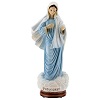
Pilgrimage to Lourdes

Lourdes is one of the best-known places for the power of the miracles that took place there. Here, in February 1858, the Madonna appeared to the young Bernadette Soubirous for the first time. In the following months, the apparitions continued, sometimes accompanied by miracles. It is estimated that around six million pilgrims visit Lourdes every year. Among these there are numerous sick people, who ask for the grace of healing: many are granted thanks to the mysterious action of divine grace and the intercession of Mary. The Madonna of Lourdes is one of the most recognisable depictions of Mary, characterised by a white dress and veil, blue belt and a yellow rose at the feet. In 1862 the Church officially recognized the reality of the apparitions of Lourdes and Bernadette Soubirous was proclaimed a saint in 1933 by Pope Pius XI.
Pilgrimage to Fatima
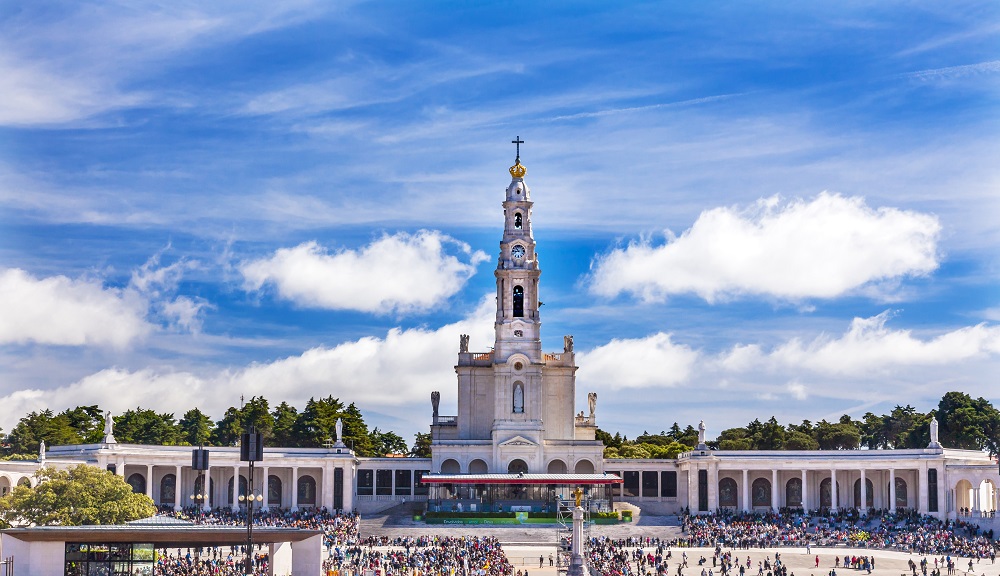
Speaking of pilgrimages of faith, how can we not think about the story of the three little shepherds of Fatima? The apparitions of Our Lady of Fatima are among the most remembered in Europe and throughout the world. The place of the apparitions, which took place every 13th of the month from May to October 1917, is the Cova da Iria locality, where Lúcia Dos Santo, Jacinta and Francisco Marto, at the time of the first apparition, were looking after the pasture. One of the events that made this place so well known in the memory of the faithful is the ” miracle of the sun”, a supernatural event that took place during the last apparition. The crowd gathered was very large – from 30,000 to 100,000 people – and during the apparition, it was bathed in heavy rain. At noon, the sun shone again and inexplicably the light changed, the sun appeared to move in the sky and some testimonies say that the clothes of those present, wet from the rain, were miraculously dried during the event. In Fatima, the presence of Mary left a strong mark. The three little shepherds, now saints, are found buried in the Sanctuary of Fatima.
Macerata – Loreto pilgrimage

The Sanctuary of the Holy House of Loreto is famous all over the world. The Holy House preserved in Loreto would be part of the house where the Holy Family lived in Nazareth. In the sanctuary, there is the statue of the Madonna of Loreto. Tradition has it that the angels miraculously transported the House, in one night, from the Holy Land to Italy. Another possible explanation is that a Byzantine family named Angeli took care of the transport of some materials of the House to save them from Muslim devastation. The faithful are attracted to this place, linked to the most human and hidden part of the life of Mary, Joseph and Jesus. The idea of a pilgrimage from Macerata to Loreto came to Don Giancarlo Vecerrica in 1978. Since that day the pilgrimage from Macerata to Loreto has involved a huge number of people from near and far places. Along the way of about 28 kilometres the mysteries of the rosary are recited, in joyful, painful, glorious order and finally the Angelus.

The pilgrimage to the Holy Land
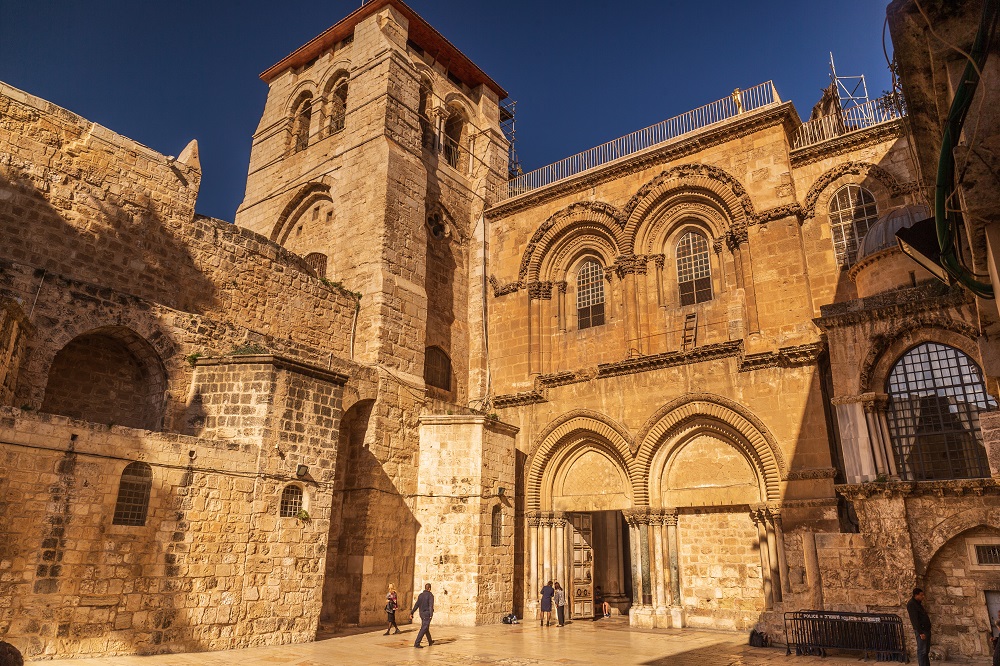
The last pilgrimage – but perhaps the first in importance – is the one to the places of the public life of Jesus: the Holy Land. The pilgrimage to the Holy Land, and Jerusalem in particular, has always been a journey dear to Christians. From the earliest times, the faithful felt the need to see and touch the reality of what is told in the Gospel. The Holy Land has a great significance for Christianity and has also been the background for the development of the three great monotheistic religions. Today in the Holy Land we can retrace the whole life of Christ: from Bethlehem to Cana, from Capernaum to Bethany, from the Sea of Galilee to the Jordan, from Gethsemane to Tabor. The pilgrimage to the Holy Land makes it possible to give the geographical indications of the Gospel a reference, in reality, to be kept in memory and the heart. After the places of the life of Jesus, we enter those even more charged with the meaning of his passion, death and resurrection: in Jerusalem, along the Via Dolorosa and in the Basilica of the Holy Sepulcher. Each of these places bears the sign of events: these are not always striking and majestic physical signs but of immense spiritual value.
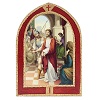


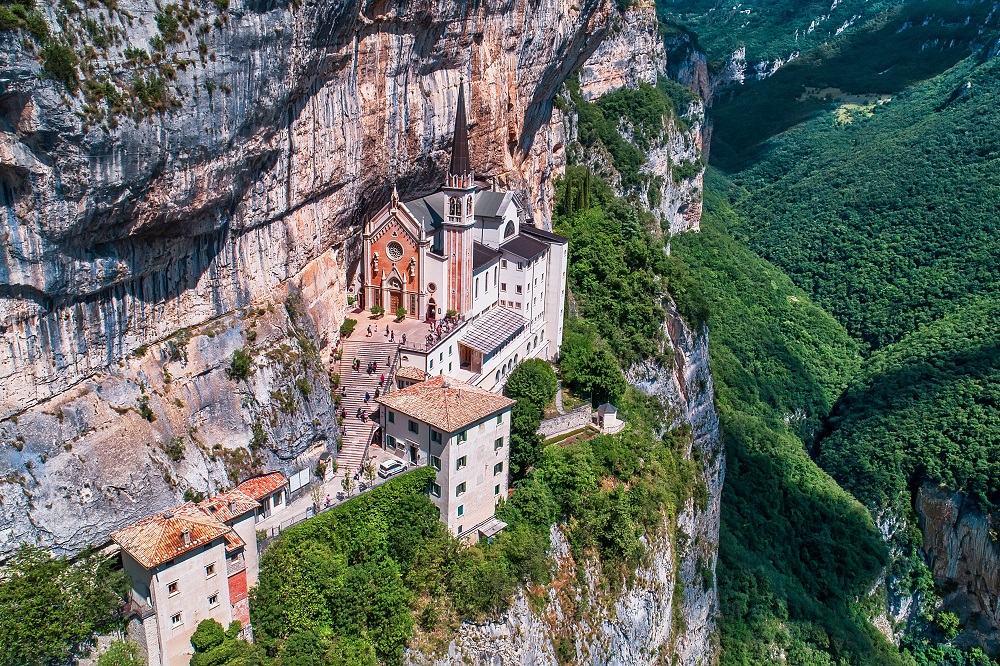
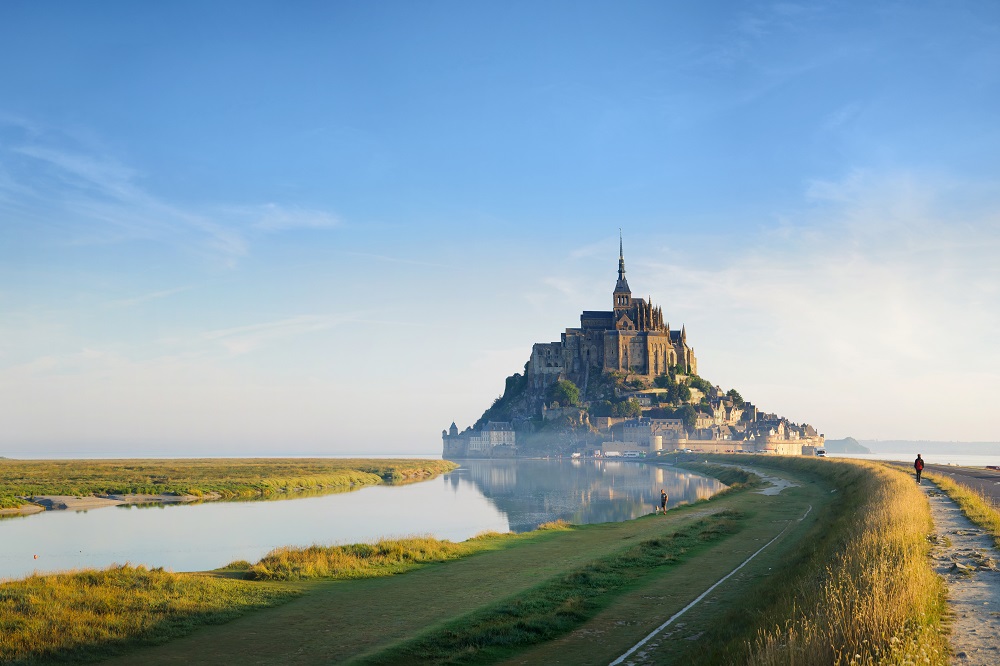

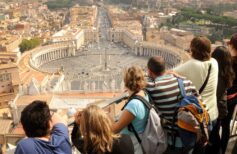
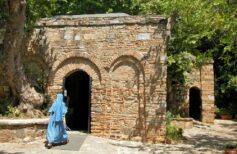
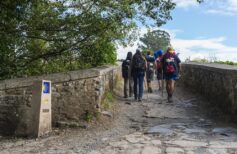











 19 March 2025
19 March 2025






